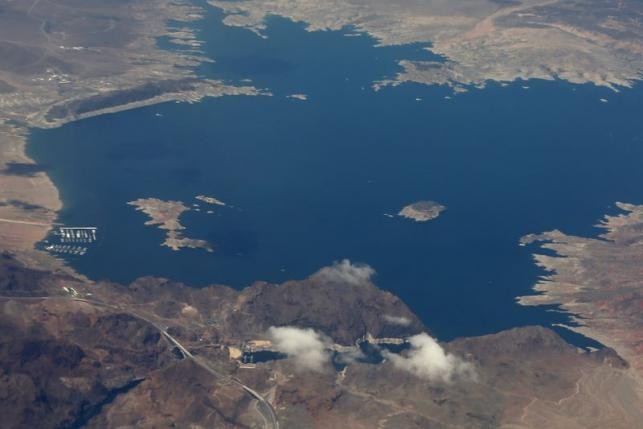What would a waterless world be like? A new study by researchers has shown that water molecules now existing on Earth are the same volume as after the Big Bang created the universe. Just one billion years after the event, water vapor formation happened in some areas of outer space.
The study was conducted by scientists at the Harvard-Smithsonian Center for Astrophysics (CFA). The CFA was founded in 1973 as a joint venture between the Smithsonian Institution and Harvard University.
Scientists made their findings by measuring molecular clouds' chemistry, which has 1/1000 of the oxygen that the Sun contains. Avi Loeb, astrophysicist at CFA, says that it was a "surprise" that as much water existed there as in Earth's galaxy, according to Discovery.
No water could have existed immediately following the Big Bang took place. That is because no oxygen molecules existed at that juncture.
A water molecule has two parts oxygen and also one part oxygen. The Big Bang produced substances such as oxygen and hydrogen, which in time resulted in water.
Scientists discovered that at a minimum temperature of 80 degrees Fahrenheit, water could be converted into gas with minimum raw materials. So Earth's first water molecules must have fought to survive.
Ultraviolet light that a star emits can break up water molecules. However, they became stable after a couple hundred million years.
Scientists believe this is what occurred after the Big Bang. The stars died soon, causing elements such as oxygen and hydrogen to collect in islands or pools. Water molecules traveled in groups and formed first inside such regions, according to Clapway.
Ice probably also existed at this time. It formed groups of planets and thus also provided them with water.
So the next time you drink a glass of water, remember the incredible journey the liquid has taken.





















